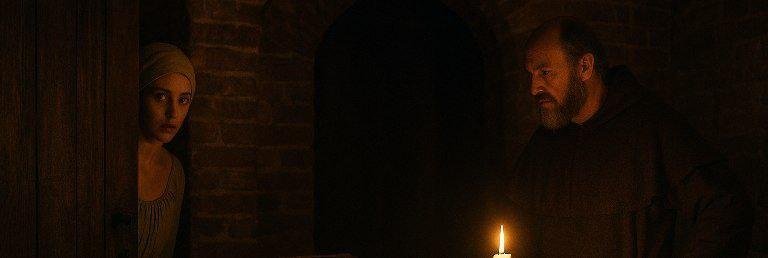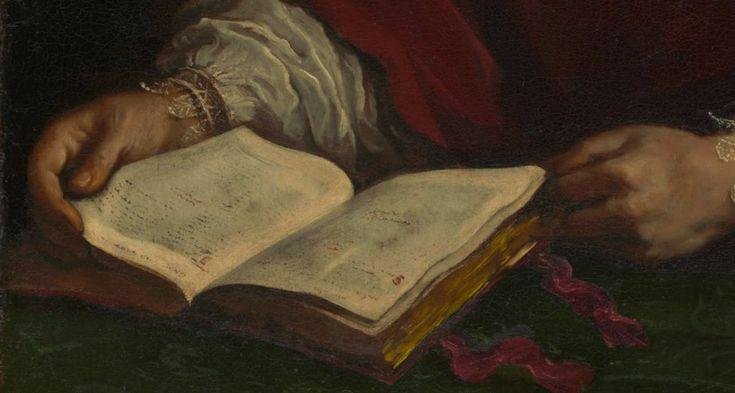“Behind Locked Doors: Hypocrisy and Human Desire in the Tale of Pietro di Vinciolo”

Introduction
Giovanni Boccaccio’s Decameron often walks a fine line between satire and sincerity, especially when exploring themes of love, deception, and social norms. One particularly striking example is the tale of Pietro di Vinciolo (Day V, Tale 10), narrated by Dioneo. In this story, Boccaccio exposes the double standards of marriage, the hypocrisy of moral judgment, and the inevitable presence of human desire—even in societies obsessed with control and appearances. Through sharp humor and layered irony, the tale offers a bold commentary on repression, secrecy, and gender dynamics.
Summary
The tale centers on Pietro di Vinciolo, a man from Perugia who is married to a woman but is rumored to prefer male lovers. His wife, frustrated and lonely, takes a lover herself. One evening, while Pietro is away, she invites her lover over. Unexpectedly, Pietro returns early, forcing the wife to hide the man under a chicken coop. Ironically, Pietro returns home from dining with a friend who was lamenting his wife’s unfaithfulness. Pietro mocks the friend for being deceived—unaware that he is, at that very moment, being deceived himself. The situation escalates when Pietro demands food, and a bone thrown into the coop startles the hidden lover into making noise. Chaos ensues, but the story ends with laughter, confession, and a kind of mutual understanding.
Analysis
This tale masterfully illustrates the theme of hypocrisy—not just between genders, but within individuals. Pietro mocks another man’s misfortune, blind to the fact that his own situation mirrors it perfectly. Boccaccio uses this dramatic irony to hold a mirror to society: how easy it is to judge others while ignoring the truths hidden within one’s own home.
Pietro’s marriage serves as a social mask. Despite his preference for male partners, he maintains a traditional household, adhering to social norms while privately subverting them. His wife, too, adapts—by asserting her sexual agency. What is particularly modern about this tale is Boccaccio’s refusal to moralize: instead of condemning either spouse, he paints them as flawed, clever, and human.
The setting—mostly confined to the home—emphasizes how much deceit, negotiation, and survival happen in domestic spaces. The tale becomes a mini-theater of performance, with each character acting a part while concealing another self. The hidden lover under the chicken coop is a perfect metaphor for the buried truths in many relationships.
Stylistically, Dioneo’s telling is laced with humor and irreverence. The absurdity of the situation—the hiding, the bone, the man cowering under a coop—draws readers in with laughter before delivering a biting critique of social norms. Dioneo, often the voice of sensuality and rebellion in The Decameron, reminds us that desire is natural and that society’s attempt to restrain it leads to farce and foolishness.
Personal Response
What I found especially powerful in this tale is its quiet complexity. At first, it seems just another comic story about cheating spouses, but it slowly reveals deeper layers: questions about identity, repression, and the negotiated nature of relationships. I appreciated how Boccaccio uses humor not to distract, but to disarm. The tale made me think of how much we still perform roles today—online, in public, and even in private—and how often we pretend not to see the hypocrisies in ourselves.
Conclusion
The tale of Pietro di Vinciolo stands out in The Decameron for its candid portrayal of the hidden tensions in marriage, identity, and social performance. In laughing at its characters, we recognize ourselves—how we deceive, adapt, and rationalize. Boccaccio’s brilliance lies in revealing uncomfortable truths without preaching. Instead, he invites us to look under our own metaphorical chicken coops—and ask what we’re hiding there.







